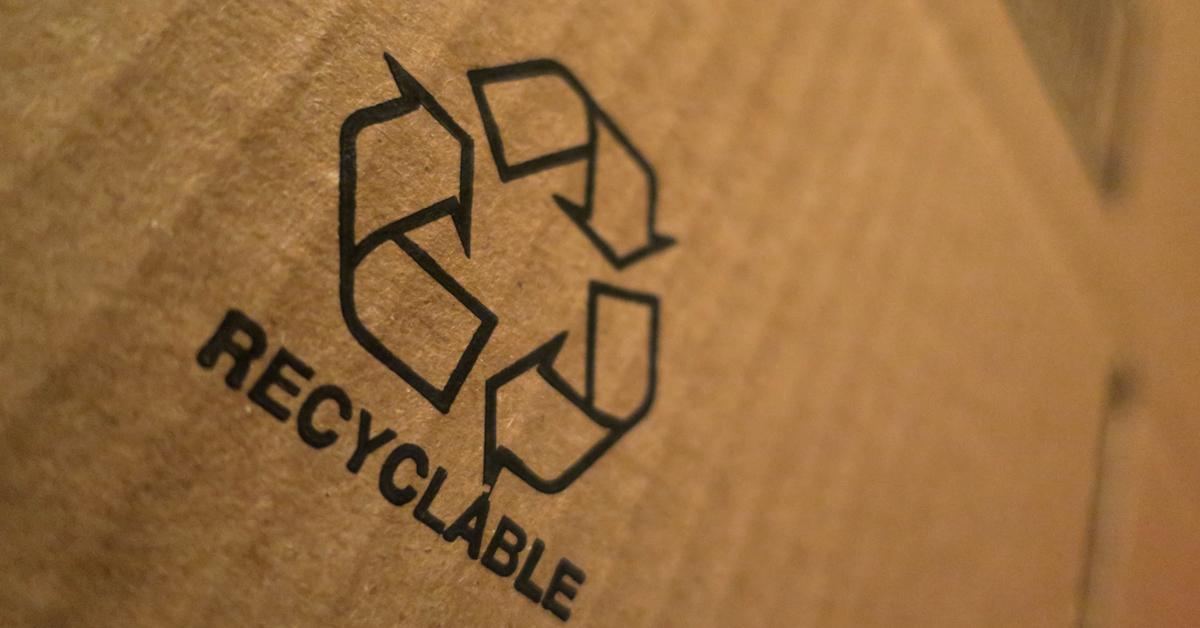Exploring the Unusual History of the Recycling Symbol
Published Dec. 4 2020, 2:39 p.m. ET

These days, recycling is almost second-nature to many people. When we take out the trash, we put the plastic, glass, metal, and paper in its respective bin, and bring it to the curb. When we’re out and about, we know which bin to throw the recyclable products into, and which is just for trash. How do we know all that? Because of the recycling symbol, of course. But the history of the recycling symbol and the person who invented it, are not widely understood by many of the people who take that now-iconic symbol for granted.

When did recycling start?
According to author Martin Melosi, recycling programs in the United States didn’t really start until after World War II. By the 1960s, the first recycling programs linked to people’s concern for the environment started popping up and the country’s environmental movement began in earnest. It was done on a national scale, and just as it now, people saw it as a way of personally helping the environment. The problem was, people still didn’t really know much about the practice, even if they caught on to the concept.

When did the recycling symbol first appear?
The story begins on the very first Earth Day in April 1970. Americans had been trying their best to recycle for years without any sort of long-term guidance on the subject. The counterculture that recycling and environmentalism represented became more accepted in the mainstream, but it was still not popular enough to get through to everyone. This is when the Container Corporation of America (CCA), a paperboard company, stepped in to help.
The CCA sponsored a nationwide art contest looking for a design that would help identify the company's recycled products. More than 500 students and activists submitted their designs to the contest, which was held in Aspen, Colo. 23-year-old University of California student Gary Dean Anderson was named the winner for his simple three-arrowed design, which we recognize as the recycling symbol to this day. His prize was a $25,000 tuition scholarship.

Who was Gary Dean Anderson?
Gary Dean Anderson grew up in North Las Vegas, Nevada in the 1950s. He grew up to become a conservationist, not because of environmental concerns, but financial ones. Gary’s family were survivors of the Great Depression and so they knew the value of reusing or recycling their trash into something useful. A student of graphic design, Gary allegedly based his inspiration for the cyclical recycling symbol on the Mobius Strip by artist MC Escher.

Gary went on to become an architect and planner, graduating college thanks, in part, to the prize money from the CCA contest. It is said that Gary Anderson's contribution to modern graphic design has been compared to those of early pioneering modernist graphic designers. Today, his symbol is as recognizable and iconic as any other brand out there. It’s the Nike Swoosh of environmentalism, and we thank him for it.